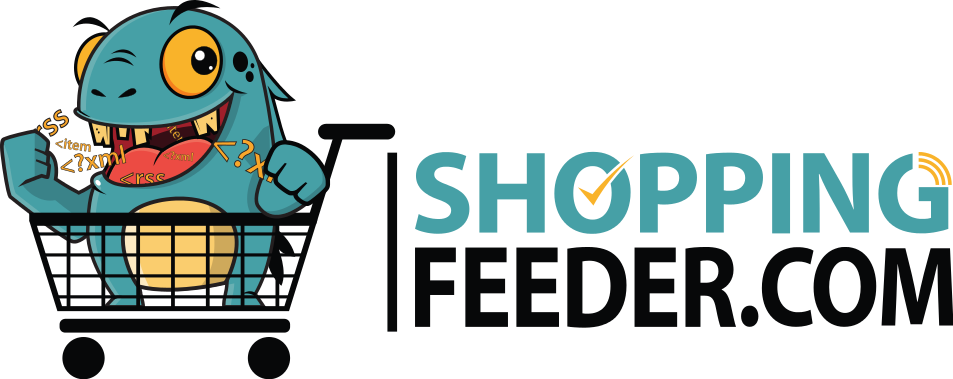The Importance of Feed Management
Have you ever found yourself grappling with the complexities of e-commerce? You’re not alone. A recent support conversation with a new user of ShoppingFeeder highlighted some recurring challenges that many online retailers face. These insights not only reflect the hurdles confronting newcomers in the e-commerce landscape but also spotlight some vital themes worth exploring. Let’s dive into three key topics that can help you navigate your e-commerce journey with confidence.
The Importance of Feed Management
Imagine you’re hosting a dinner party, and you’ve invited a diverse group of friends, each with their unique tastes and preferences. You want to serve a meal that everyone will enjoy, but if you don’t know what they like, it can be a recipe for disaster. This is akin to managing your product feeds in e-commerce.
The first theme that emerged from our conversation is the critical role of effective feed management. Many new online retailers struggle with ensuring that their product feeds are accurate, up-to-date, and tailored for their target channels. An unoptimized product feed can lead to poor visibility, mismatched product information, and ultimately, lost sales. With ShoppingFeeder, users can easily create and manage multiple product feeds tailored for various platforms—be it Google Shopping, Facebook, or affiliate networks.
Practical Insight: Start by regularly auditing your product feeds. Check for missing attributes, outdated pricing, or discrepancies between your online store and the feed. Automated feed management tools can save you time and keep your products in sync across different platforms. For example, consider setting up alerts for when stock levels drop below a certain threshold or when product descriptions need updates. This proactive approach can help you maintain a competitive edge.
Understanding Channel Optimization
The second vital theme revolves around channel optimization, which is essentially knowing where to put your marketing energy for the best return. Just as a gardener must understand the unique needs of each plant to ensure a flourishing garden, e-commerce businesses need to recognize which channels work best for their products.
Many new retailers are often overwhelmed by the number of advertising options available. Should they focus on social media, search engine marketing, or affiliate networks? The answer often lies in testing and analyzing performance metrics. What worked for one retailer may not work for another, making it crucial to tailor your approach based on your specific audience and products.
Practical Insight: Conduct A/B testing on different channels and ad formats. For instance, if you’re running ads on both Facebook and Instagram, try adjusting the visuals or copy to see which resonates more with your audience. Dive into analytics tools to track which sources generate the most traffic and sales, and adjust your budget accordingly.
With ShoppingFeeder, you can manage and optimize your campaigns seamlessly. The platform allows for easy updates to your feed that can instantly reflect across all your advertising channels. This flexibility means you can pivot your strategy based on real-time performance data, ensuring that your marketing efforts are always targeted and effective.
Emphasizing Customer Experience
Finally, we can’t overlook the heart of e-commerce: the customer experience. In our discussions, the importance of delivering a seamless shopping experience was a recurring theme. When customers encounter roadblocks or inconsistencies, they are more likely to abandon their carts and look elsewhere.
Creating a positive customer experience is about more than just a user-friendly website. It encompasses every touchpoint—from product discovery to checkout and beyond. The goal is to build a relationship with your customers, making their journey as smooth and enjoyable as possible.
Practical Insight: Focus on optimizing your website’s navigation and checkout process. Consider how long it takes for a customer to find a product and make a purchase. If your process feels complicated or lengthy, it might be time to simplify it. Implement retargeting strategies to recapture the attention of those who abandoned their carts. Personalized emails or reminders can work wonders in nudging potential customers back to your store.
Additionally, gathering feedback through surveys or reviews can provide invaluable insights into what’s working and what isn’t. This data can help you refine your offerings and enhance customer satisfaction.
Bringing It All Together
The world of e-commerce is ever-evolving, and as we’ve seen from our recent support conversations, there’s always something new to learn. By honing in on effective feed management, understanding channel optimization, and prioritizing customer experience, you can set your business up for sustained success.
ShoppingFeeder is here to support you in your e-commerce journey. By providing robust tools for feed management and order synchronization, we’re dedicated to helping you streamline your processes and enhance your performance across various channels.
As you continue to grow your e-commerce business, remember: every small improvement can lead to significant results. Embrace the learning curve, explore new strategies, and don’t hesitate to reach out for support when needed. After all, the journey to e-commerce success is a collaborative one, and we’re here to walk alongside you every step of the way.
Let’s turn those conversations into action and propel your e-commerce business to new heights!
